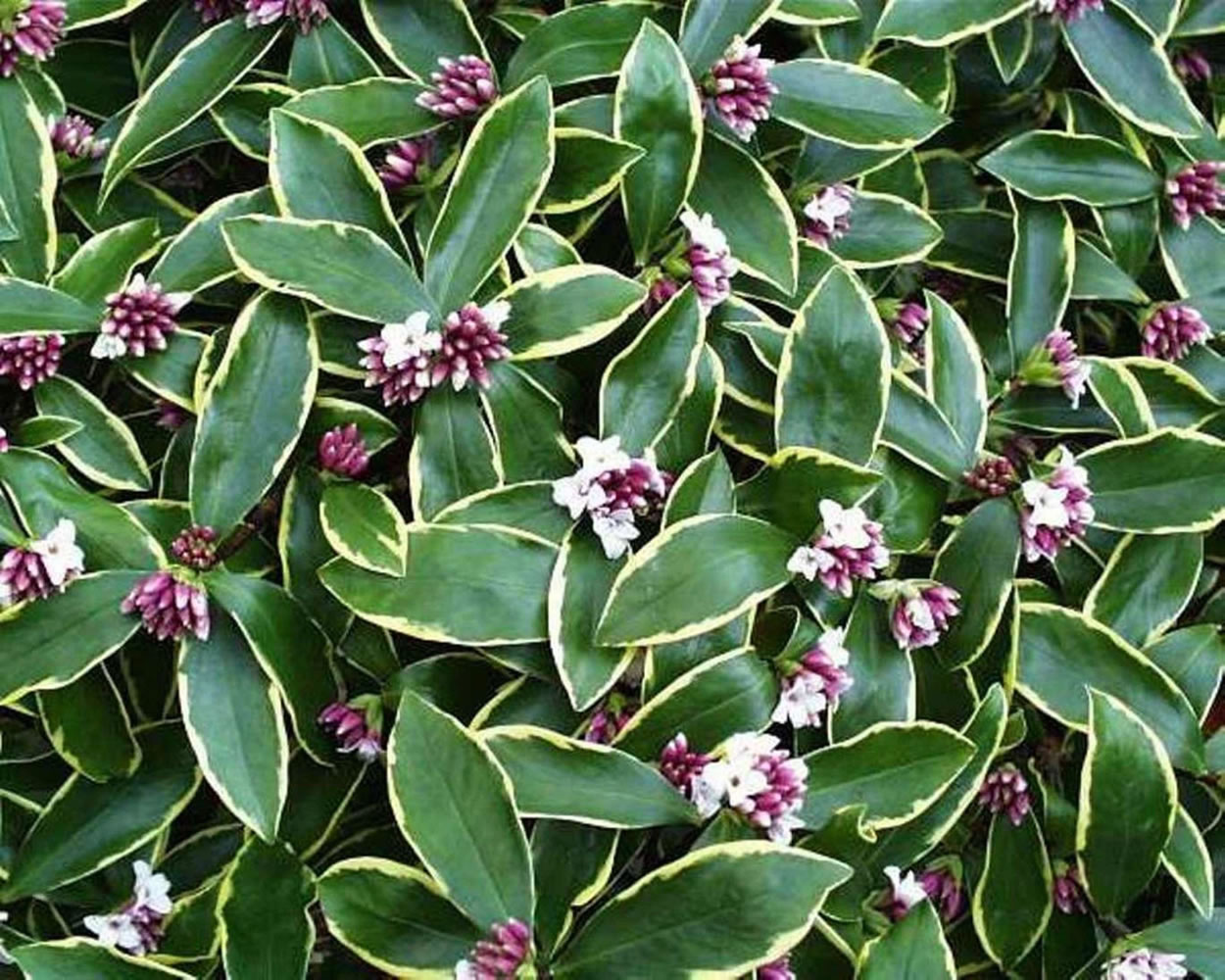Mid-February to early March is the time to prune most deciduous trees and shrubs including fruit, flowering and shade trees. As always, I remind you not to prune any spring-blooming plants at this time. If you do, you will be removing this year’s flowers. Spring bloomers flower early in the season and include shrubs such as quince, forsythia and spirea. They flower on the previous year’s growth.
If you’re not sure what plant you are dealing with, find the original plant tag and look up the name of your plant in a reference book or take a large cutting of your plant to a professional at one of your favorite garden centers. I suggest you call the Washington State University Clark County Master Gardener Answer Clinic at 360-397-6060 ext. 571 for the most up-to-date information. You can also send questions and photos of plants to the answer clinic via email at MGanswerclinic@clark.wa.gov.
This would be a good time to begin making entries in a garden journal if you haven’t already started one. Keep a running list of plants as you buy them. I add them to my notebook/journal by date of purchase. I know fellow gardeners who keep their journals on a computer, which allows them to view their collection in alphabetical order. Choose any method that works best for you. Think of keeping a journal as one of the simplest and most useful chores you will ever have to do.
Once you get a garden journal started, you will find innumerable ways to use it to help you out in the garden. One example is to keep a page titled “Spring Bloomers.” On that page, keep a list of plants that flower early in the growing season and might need to be pruned or shaped after flowering. Then, when you have the time and energy to do so, you know exactly which plants need to be pruned or shaped in late spring or early summer. You will be amazed at how useful it is having a few simple lists to refer to in your journal.
Another page I recommend keeping in your journal is a list of every vine in your garden, with a notation of when they need to be pruned. This is especially helpful if you have more than one or two clematis. There are three distinct pruning methods for clematis, depending on their class, which is always listed on the plant tag. If you are like me, you will need a reminder each and every year to be sure you prune at the right time. Knowing that I have that list somewhere in my garden journal makes this seasonal chore less of a challenge.
Wait to plant
Evergreen shrubs and trees, broad-leaved as well as certain conifers, can be planted anytime the ground is not frozen. I still recommend holding off until mid-March just to be on the safe side. Evergreens have a lot of leaf surface and may need protection against the drying effect of winter sun and wind. The chief concern is to ensure that water is not lost from the foliage more rapidly than it can be replaced by the roots. Keep the future in mind at the time of planting. We are certainly not out of the winter woods yet.
Even if the weather is mild this week, this month or even this year, it doesn’t guarantee it will be mild at the same time next year. It is always safer to acknowledge that tender evergreens will benefit from protection against severe weather. This is especially true of any broad-leaved evergreens on the borderline of hardiness or established evergreens in an extremely exposed site. If this is the year that you finally plant the wonderfully fragrant Daphne odora “Marginata,” be sure you do so in a protected area of the garden. Plant it next to a wall or behind a low evergreen hedge for wind protection.
If you are thinking of adding any fruit, flowering or shade trees to the garden, the time to plant is fast approaching. Most garden outlets get their new selection of deciduous, bare-root trees and cane berries during the last weeks of winter, often as early as the first week of February. Once again, ask a certified nursery person which varieties are recommended for your area so you get the plant that will produce the very best quality fruit. If you take the time to make the right choice before planting, it will pay off years from now when you reap the benefits of a healthy, productive fruit tree.
Robb Rosser is a WSU-certified master gardener. Reach him at Write2Robb@aol.com.



